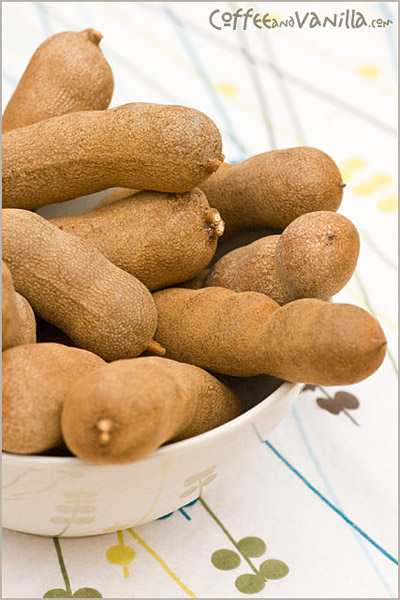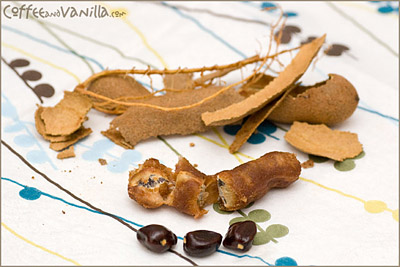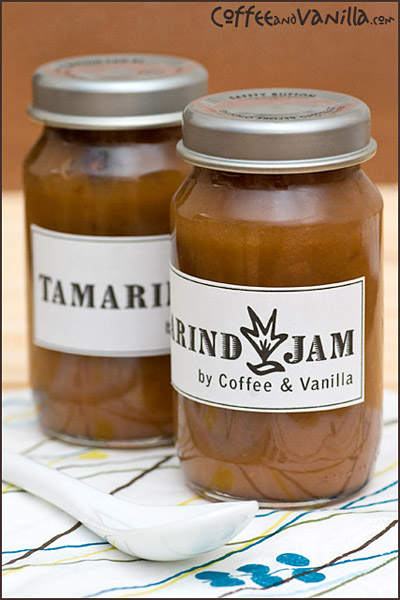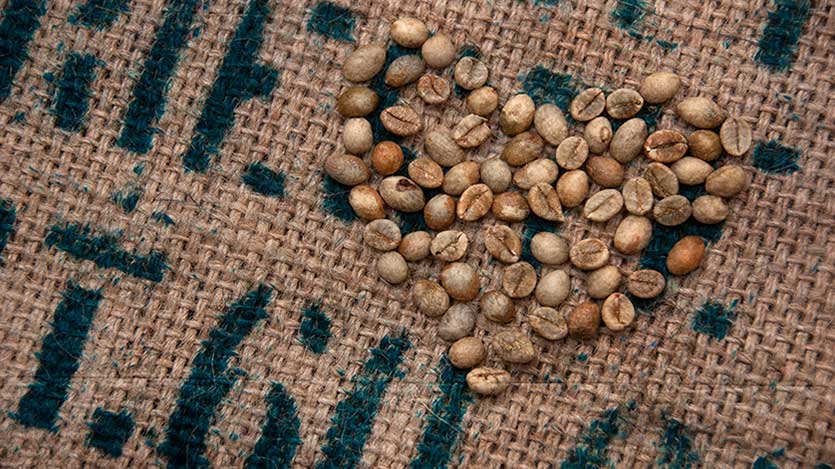
The Tamarind (Tamarindus indica), from the Arabic: tamar hindi = Indian date, is a tropical tree, native to tropical Africa, including parts of the Madagascar, the tree grows wild throughout the Sudan and was so long ago introduced into and adopted in India that it has often been reported as indigenous there also, and it was apparently from India that it reached the Persians and the Arabs who called it “tamar hindi” (Indian date, from the date-like appearance of the dried pulp).
The fruit was well known to the ancient Egyptians and to the Greeks in the 4th Century B.C.
The tree has long been naturalized in the East Indies and the islands of the Pacific. One of the first tamarind trees in Hawaii was planted in 1797. The tamarind was certainly introduced into tropical America, Bermuda, the Bahamas, and the West Indies much earlier. In all tropical and near-tropical areas, including South Florida, it is grown as a shade and fruit tree, along roadsides and in dooryards and parks. There are commercial plantings in Mexico, Belize and other Central American countries and in northern Brazil. In India there are extensive tamarind orchards producing 275,500 tons annually.
The fruit pulp is edible and popular. It is used as a spice in both Asian and Latin American cuisines, and is also an important ingredient in Worcestershire sauce, HP sauce and the Jamaican-produced Pickapeppa sauce. The hard green pulp of a young fruit is very tart and acidic and is most often used as a component of savory dishes. The ripened fruit is sweeter, yet still distinctively sour, and can be used in desserts and sweetened drinks, or as a snack. In Thailand, there is a carefully cultivated sweet variety with little to no tartness grown specifically to be eaten as a fresh fruit.

Tamarind timber consists of hard, dark red heartwood and softer, yellowish sapwood. The fruit is a brown pod-like legume, which contains a soft acidic pulp and many hard-coated seeds.
Alternative names for Tamarind are: Indian date, translation of Arabic tamar hindi, in Malaysia it is called asam in Malay and swee boey in Hokkien (Min Nan). In Indonesia it is called asem (or asam) Jawa (means Javanese asam) in Indonesian. In the Philippines it is called sampaloc in Tagalog and sambag in Cebuano. In Oriya it is called tentuli. In Hindi it is called imli. In Marathi it is called chinch. In Bangla, the term is tẽtul. In Sinhala the name is siyambala and in Tamil and Malayalam it is puli. In Kannada it is called hunase. In Malagasy it is called voamadilo. The Vietnamese term is me. In Puerto Rico and other Spanish speaking countries it is called tamarindo. The tamarind is the provincial tree of the Phetchabun province of Thailand (in Thailand it is called ma-kham). In Taiwan it is called loan-tz.
Tamarind (Tamarindus indica) should not be confused with the Manila tamarind (Pithecellobium dulce), which is an entirely different plant, though also in Fabaceae family.
Tamarind wood is a bold red color. Due to its density and durability, tamarind heartwood can be used in making furniture and wood flooring. A tamarind switch is sometimes used as an implement for corporal punishment.
Tamarind is a staple in the Tamil Nadu diet, where it is used to prepare Rasam, Sambhar, Puliyogare, and various types of chutneys.
The pulp, leaves, and bark also have medical applications. For example, in the Philippines, the leaves have been traditionally used in herbal tea for reducing malaria fever. Due to its medicinal value, tamarind is used as an Ayurvedic Medicine for gastric and/or digestion problems.

In Egypt, there is an acidic chilled drink made from tamarind which is popular in summertime. It is called “tamr hindi”. Similar in the Caribbean tamarind juice / drink is made from tamarind pulp.
In Madagascar, the tree is known as the kily tree. Its fruits and leaves are a well-known favorite of ring-tailed lemurs, providing as much as 50% of their food resources during the year if available.
Tamarind is available in specialty food stores worldwide in pod form or as a paste or concentrate. It is also sold in various snack forms in Southeast Asia and in Mexico where it is dried and salted, candied (pulparindo), and served as a cold drink. Pad Thai, a Thai dish popular with Europeans and Americans, sometimes includes tamarind for its tart taste. A tamarind-based sweet-and-sour sauce served over deep-fried fish is also a common dish in Central Thailand. In Singapore and Malaysia it is used to add a sweet-sour taste to gravy for fish in a dish called asam fish. In the Philippines it is used to add a sour taste in Sinigang soup.
In Latin America, especially Mexico, and Latin American immigrant communities in the US, the fruit is wildly popular and is fashioned into a drink, “Agua de Tamarindo”, and many kinds of treats. Many popular Tamarindo concoctions are hard candies and suckers and one of the most popular aguas frescas is flavored with tamarind.
In the state of Andhra Pradesh in India, a tangy pickle is made from Tamarind flowers.
The tamarind tree is the official plant of Santa Clara, Cuba. It appears in the coat of arms of the city.
Tamarind has recently become popular as well in bonsai culture.
My favourite way to eat tamarind is just to eat it raw (sweet tamarind), as a tamarind jam or sour tamarind in tamarind balls.


Most of the information source: Wikipedia.

This is one of my very favorite flavors and I should use it in my cooking a lot more than I do.
WOW! I now know what that weird pod is! Since I love tart/sour I know I would/do like it. Next time I see it, I’ll get some and try it, experiment a bit. This was great, thanks!
My totem! My totem!
I just thought I’d poke my head in to say that in Khmer tamarind is “ampil” or “awmpil”.
And thank you for a really delightful article.
I love your site! I gave it 5 stars, keep up the great work. I am a Chinese bonsai enthusiast.